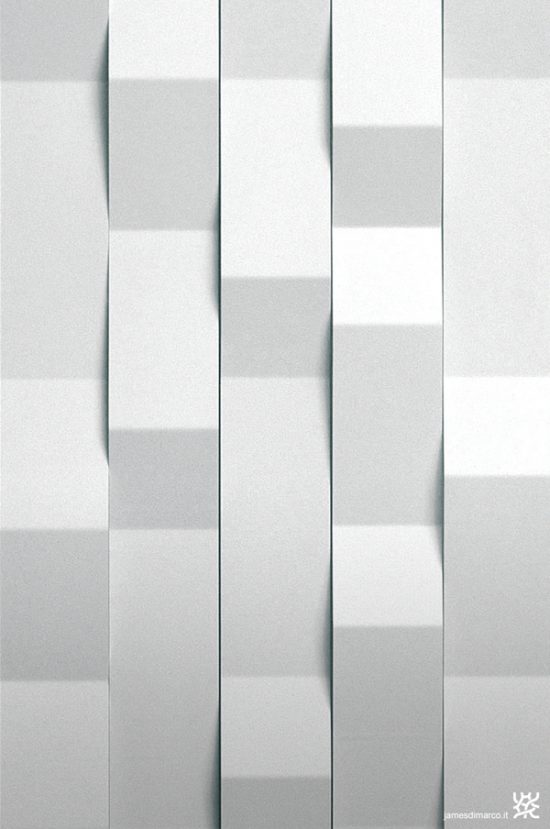

If a feminine noun ends with -a, it becomes - e when it becomes plural: Like the masculine words, these changes apply to regular nouns: We need to go over a few more plural changes when it comes to feminine words. If a masculine noun ends with -a, it becomes -i when it becomes plural as well: If a masculine noun ends with -e, it becomes - i when it becomes plural:

Masculine nouns that end with - o change to - i when it becomes plural: However, note that these changes are for regular nouns.
Marco and the noun project how to#
Now that we know the general endings of masculine nouns, let’s go over how to make them plural. la lavatr ice (washing machine) Īlso, names of continents, countries, regions, islands, towns and cities are usually feminine nouns.Other words with special ends that are also feminine include: In addition, nouns that end with - i are usually feminine: Nouns that end with either - t_à and - t_ù are feminine: The feminine -o nouns are often shortened words, like: While it can be confusing, some -o ending nouns are feminine. While some nouns that end with -a are masculine, the majority of nouns that have an -a ending is feminine: However, there is an exception: la domenica (Sunday) is a feminine noun. The months of the year and days of the week are also masculine nouns. Names of mountains, lakes, rivers and seas are usually masculine. These words are mainly derived from foreign words such as il bar and lo sport. In addition, nouns that end in a consonant are usually masculine. Other endings that can indicate a masculine noun include: Examples of -a endings include - ma, - ista and - a: Some nouns that end with -e are also masculine:Īn ending of -a can indicate a masculine noun as well. When nouns end with -o, it is usually masculine: Luckily, however, many nouns in Italian have noticeable endings for the gender. Like in other Romance languages, words in Italian have either a maschile (masculine) or femminile (feminine) grammatical gender.


 0 kommentar(er)
0 kommentar(er)
